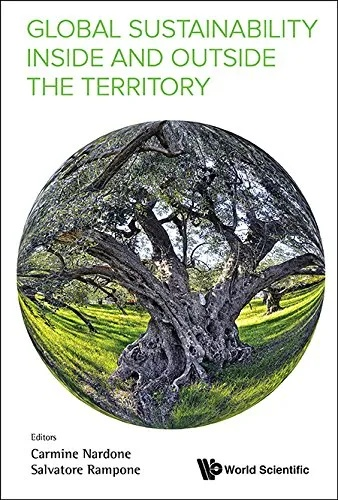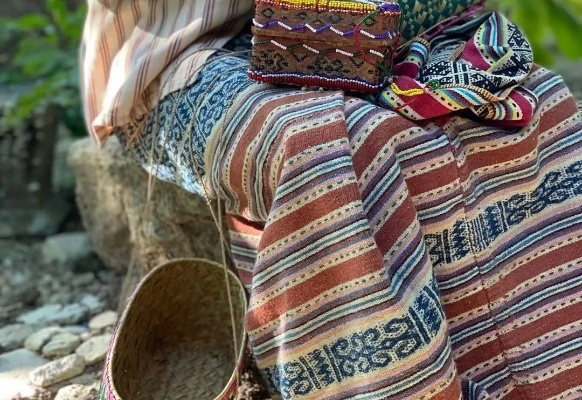The Role of Textiles in Global Fashion Industry
In the global fashion industry, textiles play a crucial role in shaping the aesthetic and functionality of clothing. These materials are not only essential for creating garments but also contribute to their durability, comfort, and style. Textiles have evolved over time to meet the diverse needs of consumers, from traditional fabrics like cotton and silk to modern synthetic materials like polyester and nylon. The use of innovative textile technologies has further enhanced the performance of garments, making them more breathable, moisture-wicking, and eco-friendly. As the fashion industry continues to grow, textiles will continue to be at the forefront of innovation, providing designers with endless possibilities for creating stylish and sustainable clothing.
I. Introduction to Textiles and Their Impact on the Fashion Industry
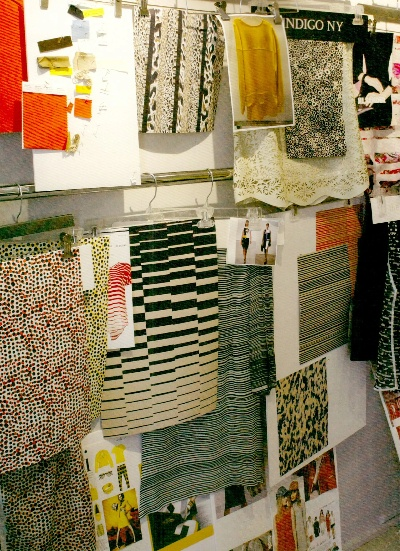
Textiles, a diverse category that encompasses fabrics made from natural or synthetic fibers, play a pivotal role in the global fashion industry. They are the foundation upon which clothing is constructed, providing comfort, style, and functionality. From everyday wear to high-fashion runways, textiles define the aesthetic and practicality of garments, making them an integral part of the fashion landscape. In this section, we will delve into the significance of textiles in the fashion industry and explore their impact on consumer preferences and market trends.
II. Textile Production Processes
The production process of textiles involves several steps, each aimed at ensuring quality and consistency in the final product. The first step is raw material sourcing, where manufacturers select the fibers they will use for their garments. Commonly used fibers include cotton, polyester, and wool, among others. Next, the raw materials undergo a series of processes, including spinning, weaving, and knitting, to create fabric. These processes determine the texture, color, and pattern of the textile.
III. Textile Market Trends
The global textile market is constantly evolving, driven by changing consumer preferences and technological advancements. One major trend is the rise of sustainable textiles, as consumers become more conscious of environmental impact. This has led to increased demand for organic cotton, recycled polyester, and other eco-friendly materials. Another trend is the growing popularity of digital printing, allowing manufacturers to produce unique designs with minimal waste.
IV. Textile Importance in Fashion Design
Textiles play a crucial role in fashion design, as they influence the overall look and feel of garments. The selection of textiles can dictate the style, color palette, and texture of a collection. For example, a luxury brand may choose high-end silk or cashmere fabrics for their eveningwear, while a streetwear brand might opt for breathable, durable denim or canvas. Textiles also influence the fit and comfort of garments, as well as their ability to move freely.
V. Case Study: Nike's Sustainable Apparel Program
Nike, a leading sportswear brand, has been at the forefront of sustainability in the textile industry. The company launched its "Made to Play" initiative in 2016, which aims to reduce its carbon footprint by using more sustainable materials in its apparel. Nike has committed to using at least 50% recycled or sustainably sourced materials in all of its products by 2020. The success of this program has not only boosted Nike's reputation but also inspired other brands to adopt similar practices.
VI. Challenges Facing Textile Industry
Despite their importance in the fashion industry, textiles face several challenges that threaten their future viability. One major challenge is the rising cost of raw materials, especially for natural fibers like cotton and wool. Additionally, there is a need for innovation in textile technology to meet the demands of a fast-paced fashion industry. Finally, the environmental impact of textile production must be addressed to ensure long-term sustainability.
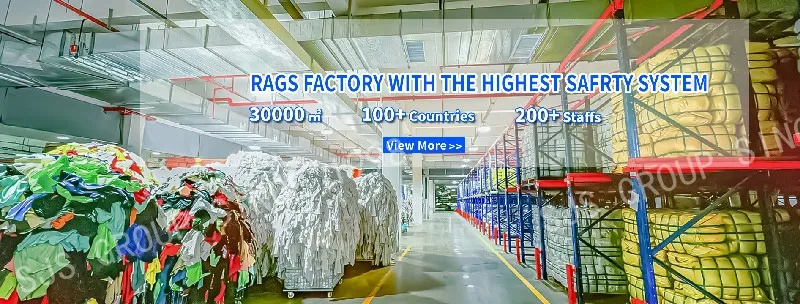
VII. Future Trends and Opportunities
As the textile industry continues to evolve, new trends and opportunities emerge. One area of growth could be the integration of textiles with emerging technologies, such as 3D printing and artificial intelligence. This could lead to personalized and customizable textile products that cater to niche markets and provide greater convenience for consumers. Another opportunity is the expansion of the textile industry into new areas, such as sustainable home furnishings and outdoor gear.
VIII. Conclusion
Textiles continue to play a vital role in the fashion industry, shaping both our aesthetic preferences and daily lives. As the industry faces challenges and opportunities alike, it is up to stakeholders to adapt and innovate to ensure the long-term success of the textile sector. By embracing sustainability, technological advancements, and consumer demand, the fashion industry can continue to thrive and inspire generations to come.
开场白
(口语化)大家好,今天我们来聊聊纺织品主管这个话题,纺织品行业是一个充满活力且不断发展的领域,作为纺织品主管,你们的工作责任重大,责任也光荣。
纺织品主管职责概述
(表格)以下是纺织品主管的基本职责概述: | 描述 | | --- | --- | | 负责纺织品采购与供应链管理 | 负责制定采购策略,监控供应链动态,确保原材料的质量和供应稳定性 | | 制定并执行纺织品生产标准 | 制定生产标准和质量检测流程,确保产品质量符合行业标准 | | 监督纺织品质量检测与认证 | 监督质量检测流程,确保产品符合相关标准和认证要求 | | 员工培训与发展 | 培训员工提高专业技能,提升团队整体素质 | | 市场调研与分析 | 了解市场趋势,分析市场需求,为产品开发提供数据支持 |
纺织品主管的工作案例分析
(案例说明)以下是一个纺织品主管的工作案例分析:
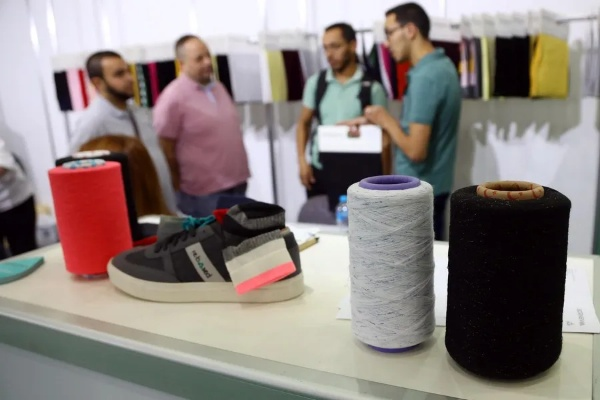
某大型纺织企业的纺织品主管工作经历
某大型纺织企业在纺织品采购方面非常注重品质和成本控制,该主管通过深入了解市场需求和行业趋势,制定了一套严格的采购策略,他注重与供应商的沟通与合作,确保原材料的质量和供应稳定性,他还建立了完善的纺织品质量检测体系,确保产品符合相关标准和认证要求,通过这些措施,该企业成功提高了产品质量和市场竞争力。
纺织品供应链管理优化案例
某纺织企业通过优化供应链管理,提高了生产效率和产品质量,该主管负责监督供应链动态,确保原材料的质量和供应稳定性,他通过建立高效的物流网络和供应商管理机制,实现了原材料的快速采购和及时交付,他还加强了对生产过程的监控和管理,确保生产过程的质量和效率,这些措施使得该企业的产品品质得到了显著提升,同时也提高了企业的市场竞争力。
纺织品主管的工作技巧与经验分享
(技巧说明)作为纺织品主管,你们需要掌握一些工作技巧和经验:
- 敏锐的市场洞察力:要时刻关注市场趋势和行业动态,了解市场需求和变化。
- 良好的沟通协调能力:要与供应商、生产部门、质量部门等多个部门密切合作,确保工作顺利进行。
- 制定合理的采购策略:要根据市场需求和企业的实际情况,制定合理的采购策略。
- 建立完善的检测体系:要建立完善的检测体系,确保产品符合相关标准和认证要求,要注重检测流程的规范化和标准化。
- 培训与发展:要注重员工的培训与发展,提高员工的专业技能和整体素质,要鼓励员工提出建议和意见,不断完善工作机制。
总结与展望
(作为纺织品主管,你们肩负着重要的责任和使命,你们需要不断学习新知识、新技能,提高自己的专业素养和工作能力,你们还需要注重团队合作和沟通协作,共同推动企业不断发展壮大,纺织品行业将会更加注重环保、可持续性等方面的发展,作为纺织品主管,你们需要不断关注行业动态和发展趋势,为企业的发展提供有力的支持。
(展望)随着科技的不断发展,纺织品行业将会迎来更多的机遇和挑战,作为纺织品主管,你们需要不断探索新的技术和方法,提高企业的生产效率和产品质量,你们还需要注重企业的社会责任和可持续发展,为企业的长远发展打下坚实的基础。
Articles related to the knowledge points of this article:
Top Ten Textile Brands in the International Market
Top Ten Brands of Textile Waterproofing Agents in the Waterproofing Market
